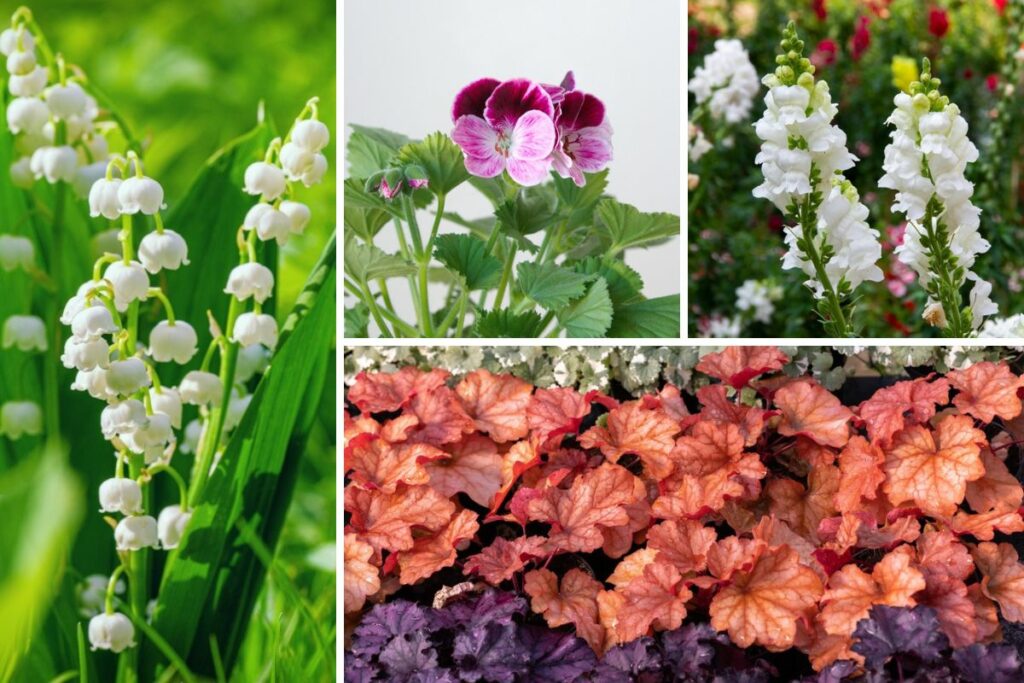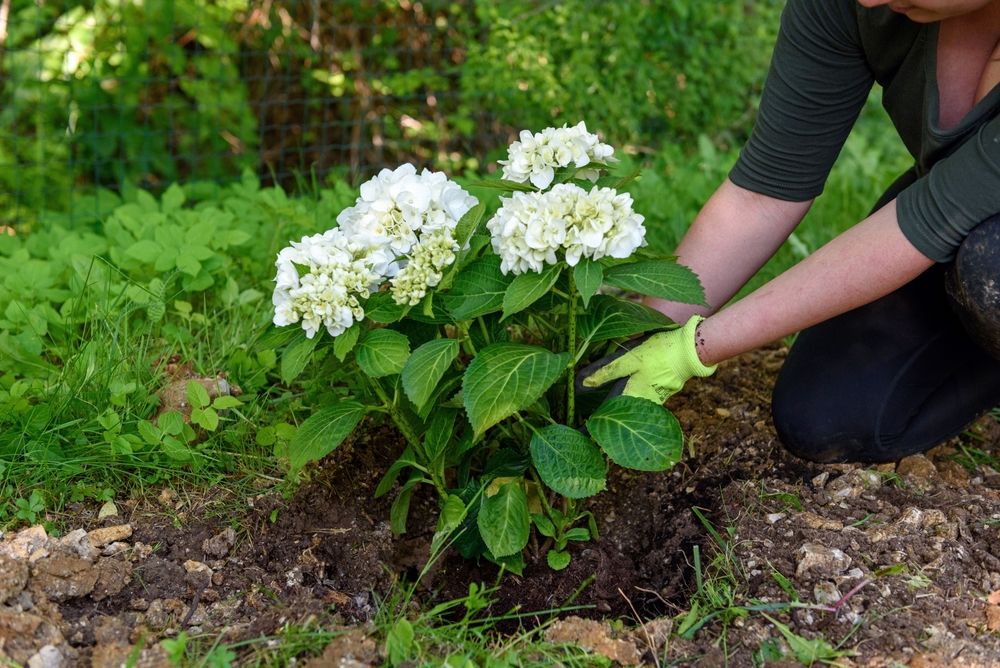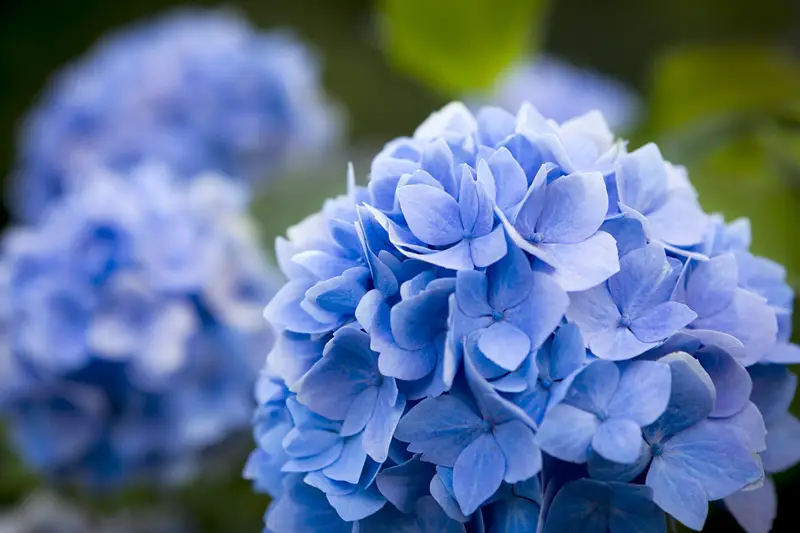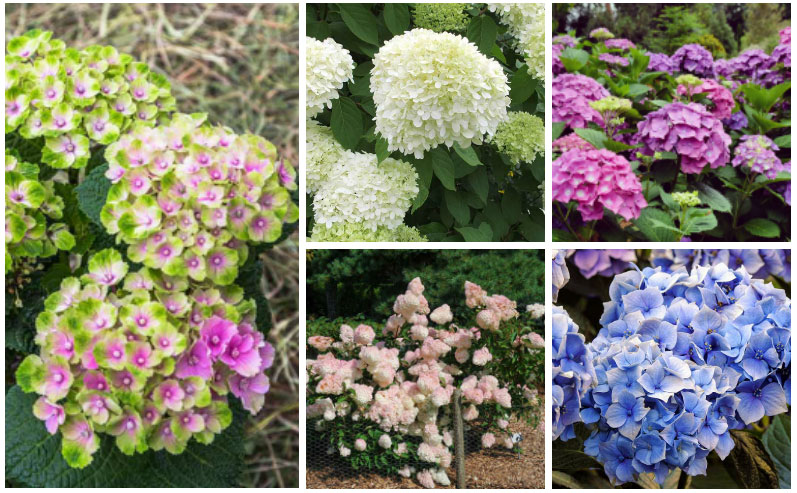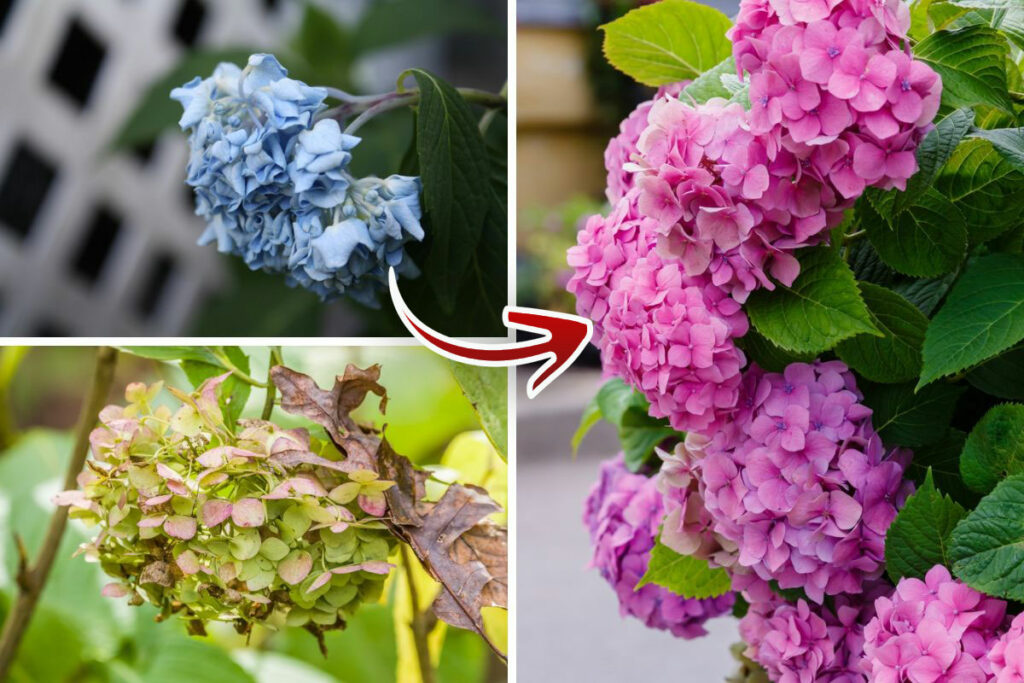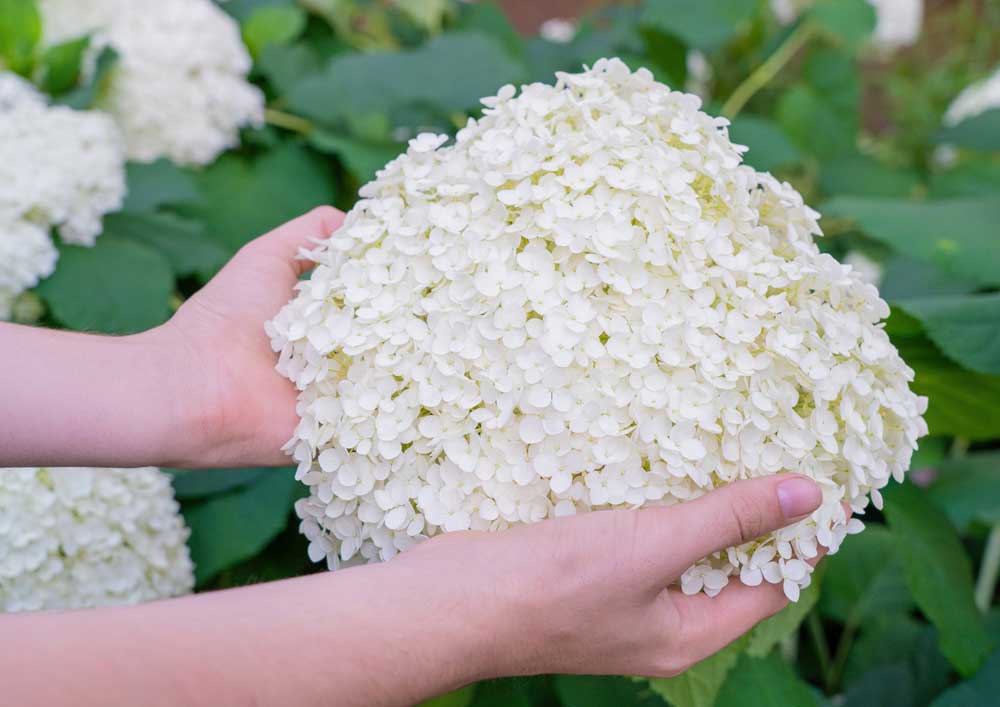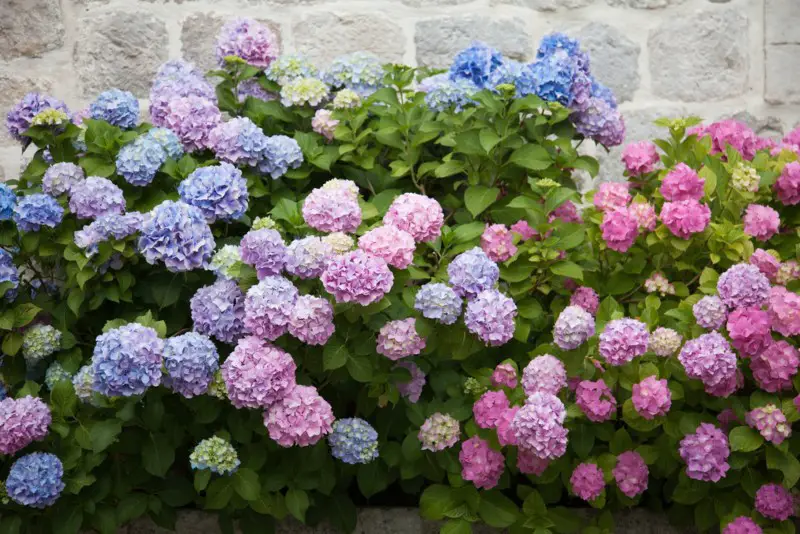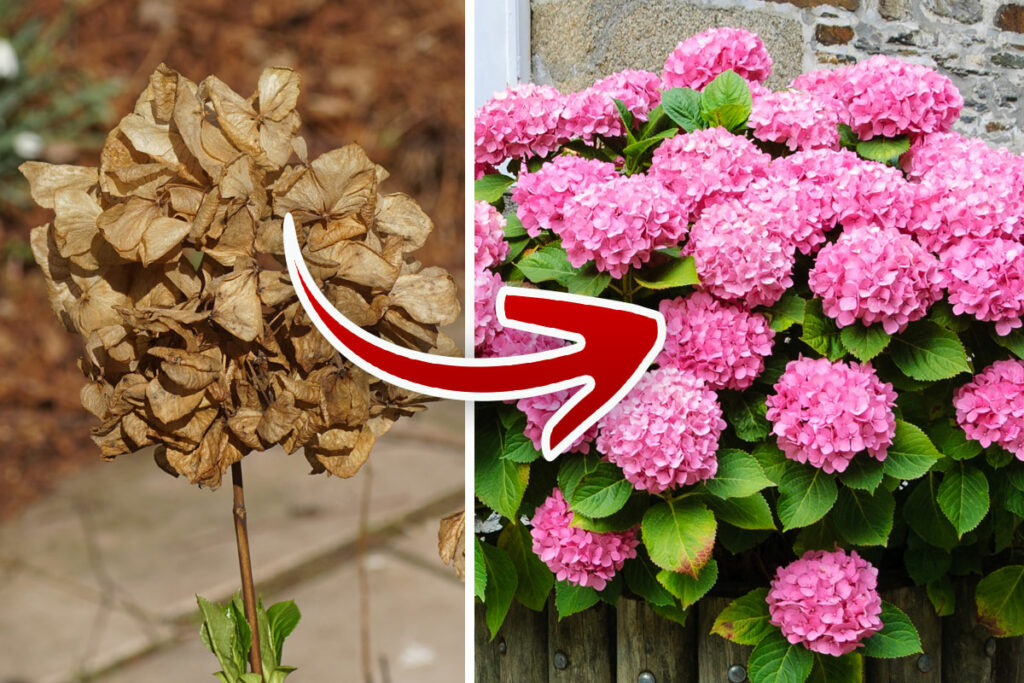
The hydrangea is a plant prized for its huge clusters of flowers. It can be grown in zones 6 through 8. The exact bloom time depends on which variety of hydrangea you have and what your climate is like. Generally, they will bloom in the last spring or the early summer, and the flowers last up until the coldest months of winter. The plant comes in a variety of bloom colors, including white, blue, lavender, bright pink, and red.
Light and Temperature Requirements
Generally, hydrangeas need either partial shade or full sun. If your hydrangeas are in full sunlight, they will need more water to counteract any wilting. In zones 7 and 8, they will do better if they’re in partial shade. If your hydrangeas are in full sun, they will need to be watered more often to compensate for the heat. If it is sunny and hot, both the flowers and the leaves can begin to wither without extra moisture. They do better if they have sun exposure from the east or north. Hydrangeas are highly cold-tolerant and, depending on the variety, can handle temperatures as low as -10 degrees.
Watering
When you first plant a hydrangea, it should be watered three times a week for the first three weeks as it becomes established. After that, it will need to be watered when it has barely gone dry. Putting a layer of mulch over the soil can help it to retain moisture longer. If you see leaves that look wilted, it needs more water. If you see leaves that are turning yellow or brown, it needs less water or does not have good drainage. During the growing season, it needs about 1″ of water each week to thrive. If it doesn’t get enough water, this plant will make fewer flowers. To make sure that it gets enough on watering days, thoroughly soak the soil. This will help more water get to the roots for their growth.

Soil and Fertilizing
If your hydrangea is in rich soil, you likely don’t need to add any fertilizer. If it is fertilized too much, this encourages it to grow more leaves and fewer flowers. If the soil is not rich, you can add a light, slow-release fertilizer to the soil in the spring.
If the plant’s soil has a pH of 5.5 and under, it will grow blue blossoms. If the pH is higher, it will grow pink ones. For hydrangeas that grow white blooms, the pH doesn’t affect the color of them.
Deadheading and Pruning
In the early spring, you can cut away any areas of deadwood. If the plant is in bad condition, cut away every stem to its base to encourage future, healthier growth. This will mean no flowers for that year, but it means a healthier future for the plant. For most varieties, there is no need to deadhead unless you are doing your early spring pruning. There is generally no other need for the plant to be pruned.
How to Plant Hydrangeas From a Cut Flower
First, find a large woody stem on the hydrangea that will be the donor for the cutting. The best results will come from using a stem that has not yet started to flower, as the resources of the plant can then be solely devoted towards growing new roots and not be divided into producing both a flower and new roots.
Now remove the leaves from the stem, leaving only the top 3 or 4 leaves. These leaves should then be trimmed to ensure they neither touch one another or the plastic covering.
Dip the stem up to the remaining leaves in water to help then rooting hormone stick, the dust it with rooting hormone, being sure to shake off any excess.
If there is concern of diseases or fungal infections, sprinkle dusting sulfur over the stem. Make a hole in the potting soil with a screw driver or pencil, the place the cutting into the soil up to the base of the remaining leaves.
Thoroughly water the cuttings, ensuring the soil is wet all the way through. Now using stakes that are tall and strong enough to prevent the plastic covering from touching the cutting leaves. Cover the cutting with plastic sheeting, and leave it outside in a shaded area to produce roots.





